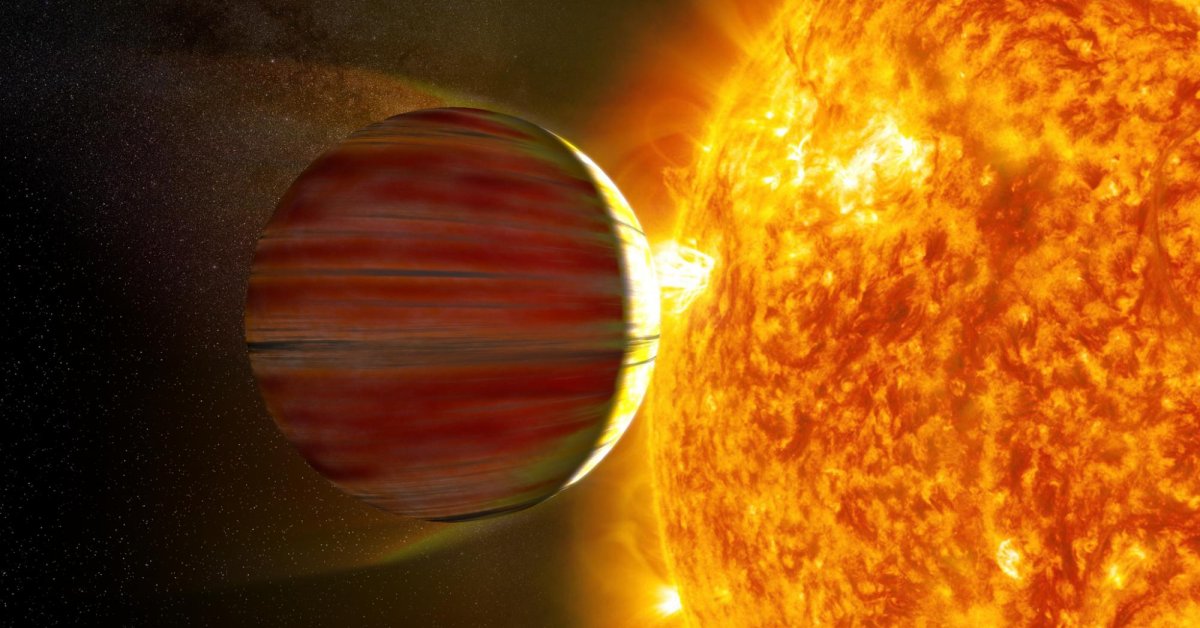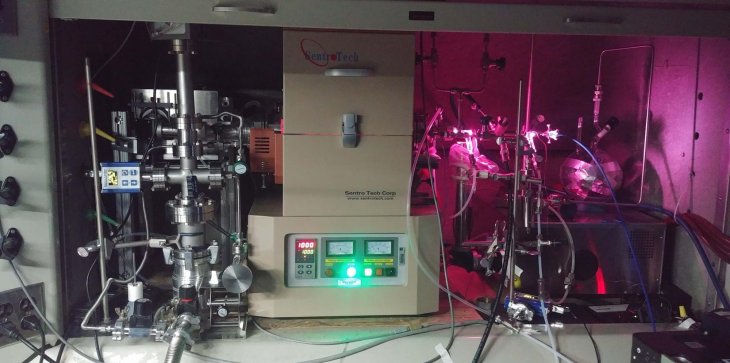NASA Scientists Create Extremely Hot Exoplanet Atmosphere On Earth
Indira Datta - Mar 19, 2019

This experiment has changed the way scientists interpret the atmosphere of exoplanets and helped astronomers better understand what they see when observing them
- Russia Will Build A Lunar Space Station With China Because It's Done With NASA
- NASA Reveals 20 Most Stunning Earth Images Taken From The ISS
- Indian-Origin NASA Researcher Discovers Jupiter Moon Europa Glows In The Dark
Although we are currently unable to find a way to travel through other planets or delve into the outer worlds around us, NASA scientists have recently come up with a new invention to understand more about the conditions in exoplanets. They succeeded in recreating an atmosphere of an alien planet right on Earth.
In Pasadena, California, researchers working at NASA's Jet Engine Laboratory (JPL) have succeeded in re-simulating the situation that is almost universally seen in exoplanets, called NASA " hot Jupiters." An extraterrestrial planet is an outer planet of the solar system, and according to NASA, they are often similar to Jupiter's conditions. These "hot Jupiters" are gigantic gases that are hotter than 2,800 degrees Celsius (about 5,000 degrees Fahrenheit) and have orbits close to their parent stars. This is different from what happens in our solar system.

Scientists at JPL have used a formula that includes a combination of two prevalent gas gases in the formation of planets of hydrogen and a small pinch of carbon monoxide. Benjamin Fleury, who led the team and colleagues heated the mixture to 1,100 degrees Celsius (equivalent to 2,000 degrees Fahrenheit) in a device that works similarly to an oven. They blew air in with optical radiation and ultraviolet rays through a lamp placed next to the window of the oven. Because the outer atmosphere of these planets is always exposed to light in the atmosphere, scientists have devised this technique so that they can monitor the photochemical process of chemical effects.

The results of the study published in The Astrophysical Journal show new details through the simulation of photochemical experiments of high-carbon atmosphere exoplanet atmospheres at high temperature, first practiced into lab work on Earth.
Fleury said this experiment had changed the way scientists interpret the atmosphere of "hot Jupiters" and helps astronomers better understand what they see when observing these planets.
The study also showed that chemical reactions produced significant amounts of carbon dioxide and water. This means that the water on these planets is more popular than previously thought.
At the same time, scientists have discovered, aerosols are formed when the reaction occurs. Aerosols are solid condensers that create a haze in the gaseous atmosphere and have been found in "hot Jupiters." However, scientists are still studying more about their role and dynamics in the atmosphere of exoplanets.
Featured Stories

Features - Jul 01, 2025
What Are The Fastest Passenger Vehicles Ever Created?

Features - Jun 25, 2025
Japan Hydrogen Breakthrough: Scientists Crack the Clean Energy Code with...

ICT News - Jun 25, 2025
AI Intimidation Tactics: CEOs Turn Flawed Technology Into Employee Fear Machine

Review - Jun 25, 2025
Windows 11 Problems: Is Microsoft's "Best" OS Actually Getting Worse?

Features - Jun 22, 2025
Telegram Founder Pavel Durov Plans to Split $14 Billion Fortune Among 106 Children

ICT News - Jun 22, 2025
Neuralink Telepathy Chip Enables Quadriplegic Rob Greiner to Control Games with...

Features - Jun 21, 2025
This Over $100 Bottle Has Nothing But Fresh Air Inside

Features - Jun 18, 2025
Best Mobile VPN Apps for Gaming 2025: Complete Guide

Features - Jun 18, 2025
A Math Formula Tells Us How Long Everything Will Live

Features - Jun 16, 2025
Comments
Sort by Newest | Popular